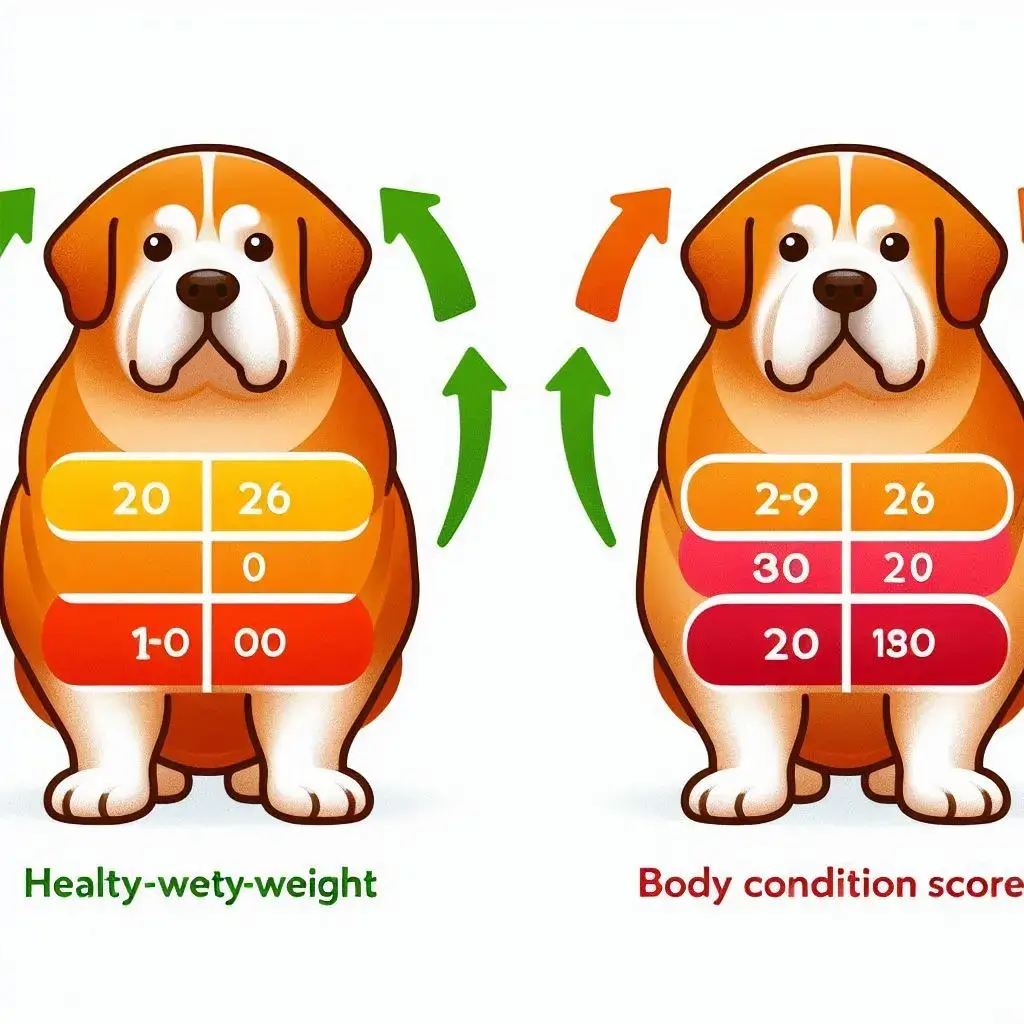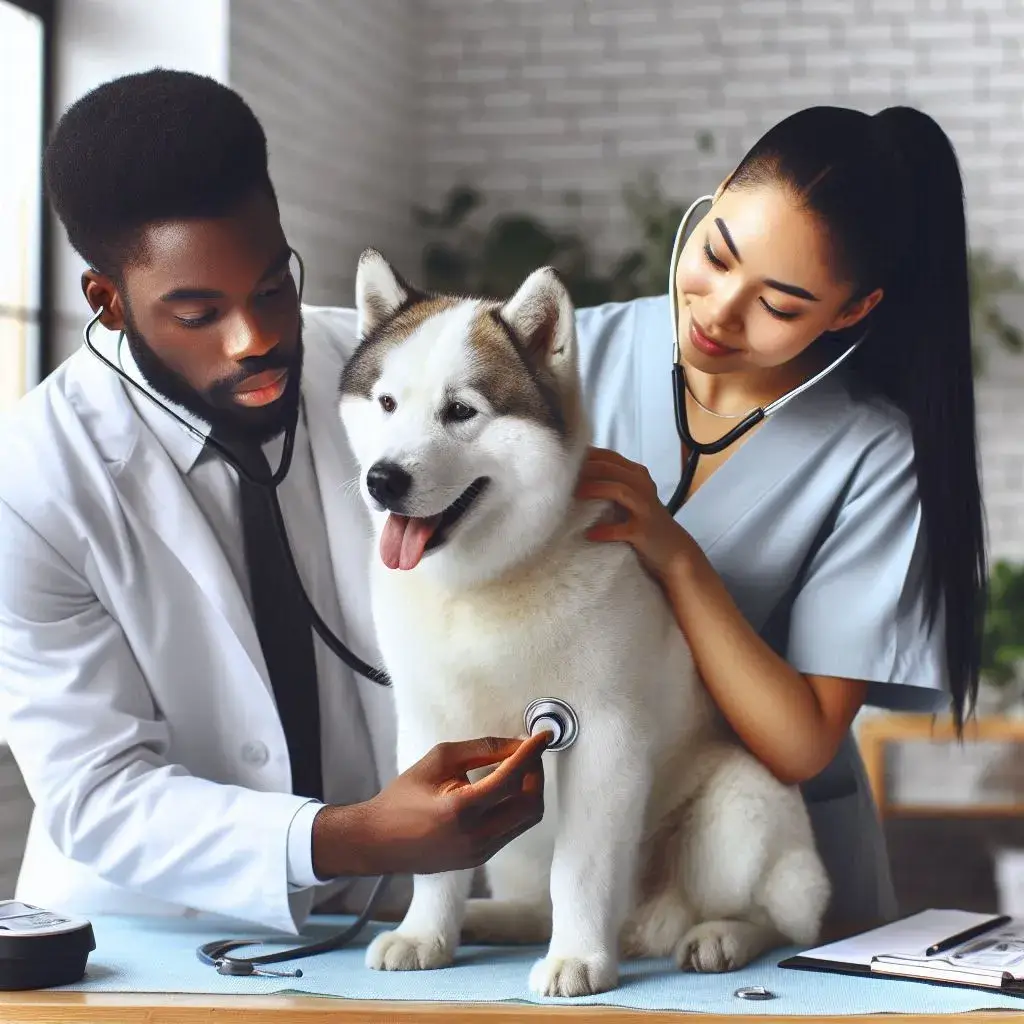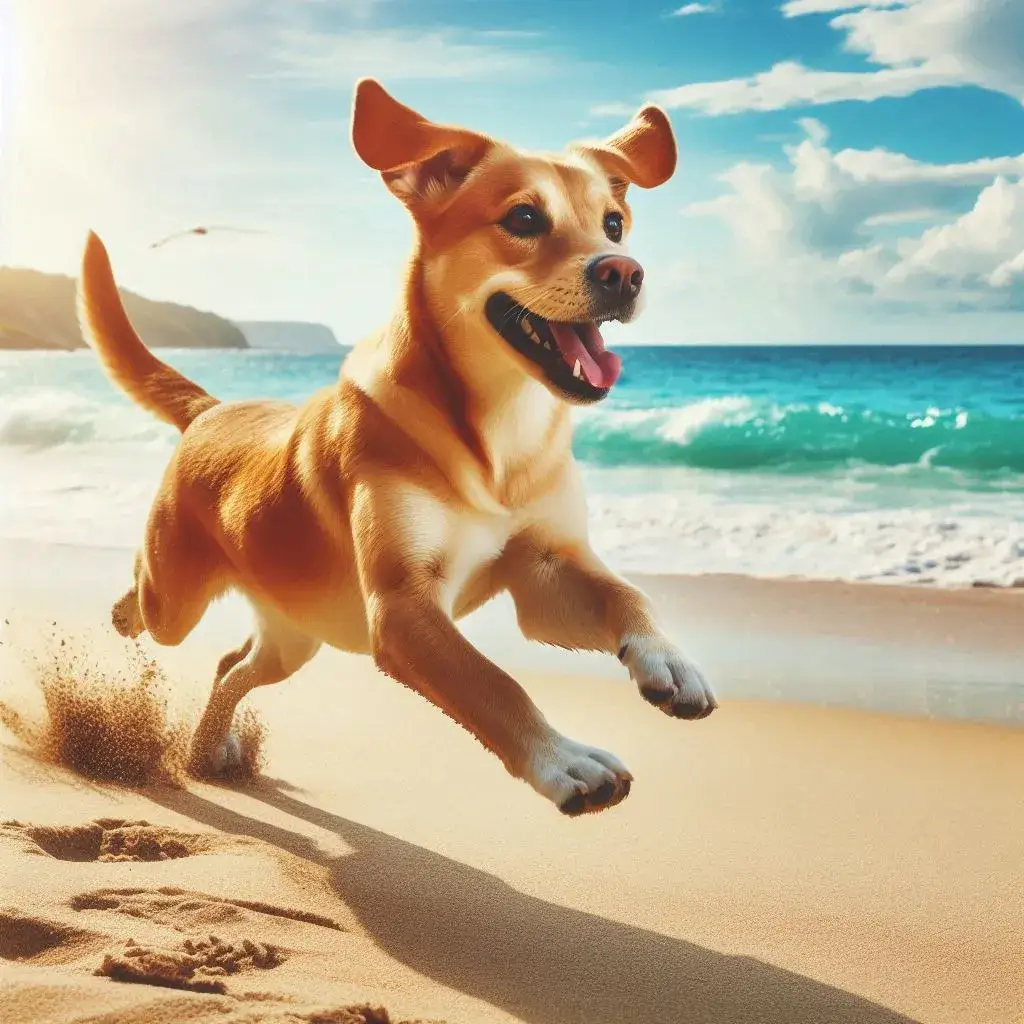Understanding Canine Obesity

What is Canine Obesity?
Canine obesity is a condition where a dog accumulates excessive body fat, potentially leading to severe health problems. It is typically defined as when a dog weighs 20% or more above its ideal body weight.
Causes of Obesity in Dogs
Several factors contribute to obesity in dogs, including:
- Overfeeding: Giving dogs too much food or too many treats.
- Lack of Exercise: Insufficient physical activity to burn off calories.
- Genetics: Some breeds are more prone to obesity.
- Age: Older dogs are often less active and may gain weight more easily.
- Medical Conditions: Hypothyroidism and other medical issues can lead to weight gain.
The Importance of Maintaining a Healthy Weight
Health Risks Associated with Obesity in Dogs
Obesity in dogs can lead to various health problems, such as:
- Diabetes: Overweight dogs are at a higher risk of developing diabetes.
- Joint Problems: Excess weight puts additional stress on joints, causing arthritis.
- Heart Disease: Increased fat can lead to heart complications.
- Respiratory Issues: Extra weight can make breathing more difficult.
- Decreased Lifespan: Obese dogs often have a shorter lifespan compared to healthy-weight dogs.
Benefits of a Healthy Weight
Maintaining a healthy weight in dogs leads to:
- Improved energy levels
- Enhanced quality of life
- Better mobility and joint health
- Reduced risk of chronic diseases
Prevention Strategies for Obesity in Dogs
Balanced Diet

Choosing the Right Food
Select high-quality dog food that meets your dog’s nutritional needs. Look for food that lists meat as the primary ingredient and avoid fillers like corn and soy.
Portion Control
Follow the feeding guidelines on the dog food package or consult your veterinarian to determine the correct portion size for your dog.
Regular Exercise

Types of Exercise
Engage your dog in various forms of exercise, including:
- Daily Walks: Ensure regular walks to burn calories.
- Playtime: Activities like fetch and tug-of-war are great for physical activity.
- Agility Training: Consider agility courses for both exercise and mental stimulation.
Consistency is Key
Maintain a regular exercise routine to keep your dog active and healthy.
Monitoring Weight and Health
Regular Weigh-Ins
Weigh your dog regularly to track their weight and make adjustments as needed.
Veterinary Check-Ups
Regular veterinary visits are essential to monitor your dog’s health and catch any issues early.
Treating Obesity in Dogs
Veterinary Supervision

Professional Guidance
Work with your veterinarian to develop a weight loss plan tailored to your dog’s needs.
Health Assessments
Your vet can perform tests to rule out medical conditions that might contribute to weight gain.
Dietary Changes
Special Diets
Your vet might recommend a prescription weight-loss diet or lower-calorie food.
Reducing Treats
Limit high-calorie treats and opt for healthier options like carrot sticks or apple slices.
Increased Physical Activity
Gradual Increase
Gradually increase your dog’s exercise to avoid overexertion and injuries.
Engaging Activities
Incorporate fun activities that your dog enjoys to keep them motivated and active.
Managing Long-Term Weight Loss
Consistent Routine
Maintaining Habits
Stick to the feeding and exercise routine after your dog reaches a healthy weight.
Regular Monitoring
Monitor your dog’s weight and health regularly to prevent future weight gain.
Adapting to Life Stages
Adjusting Diet and Exercise
As your dog ages, their dietary and exercise needs may change. Adapt their routine accordingly to maintain a healthy weight.
Addressing Common Myths About Canine Obesity
Myth: My Dog Can Eat Whatever They Want
Dogs, like humans, need a balanced diet to stay healthy. Overfeeding or giving too many treats can lead to obesity.
Myth: Exercise is Not Necessary for Small Dogs
All dogs, regardless of size, need regular exercise to maintain a healthy weight and overall well-being.
Myth: Obesity is Not a Serious Problem
Obesity can lead to severe health issues and a decreased quality of life. It is essential to address and prevent obesity in dogs.
Recognizing the Signs of Obesity in Dogs
Physical Signs
- Visible weight gain
- Difficulty moving or walking
- Excessive panting
- Difficulty breathing
Behavioral Changes
- Decreased interest in physical activities
- Increased lethargy
- Reluctance to exercise
Conclusion

Preventing and treating obesity in dogs requires a combination of a balanced diet, regular exercise, and consistent veterinary care. By understanding the causes and health risks associated with obesity, pet owners can take proactive steps to ensure their dogs live healthy, active lives.
FAQs
How can I tell if my dog is overweight?
Look for signs such as weight gain, difficulty moving, and excessive panting. Regular weigh-ins and veterinary check-ups can also help.
What is the best way to start an exercise routine for an obese dog?
Begin with short, gentle walks and gradually increase the duration and intensity. Always consult with your vet before starting a new exercise regimen.
Can certain breeds of dogs be more prone to obesity?
Yes, some breeds, such as Labrador Retrievers and Beagles, are more prone to obesity due to genetic factors.
How much should I feed my dog to prevent obesity?
Follow the feeding guidelines on your dog food package and consult with your veterinarian for personalized advice based on your dog’s size, age, and activity level.
Are there any specific foods I should avoid to keep my dog from gaining weight?
Avoid feeding your dog high-calorie treats, table scraps, and foods with fillers like corn and soy. Opt for high-quality, meat-based dog food.
How often should I weigh my dog?
Weigh your dog at least once a month to monitor their weight and make any necessary adjustments to their diet and exercise routine.


